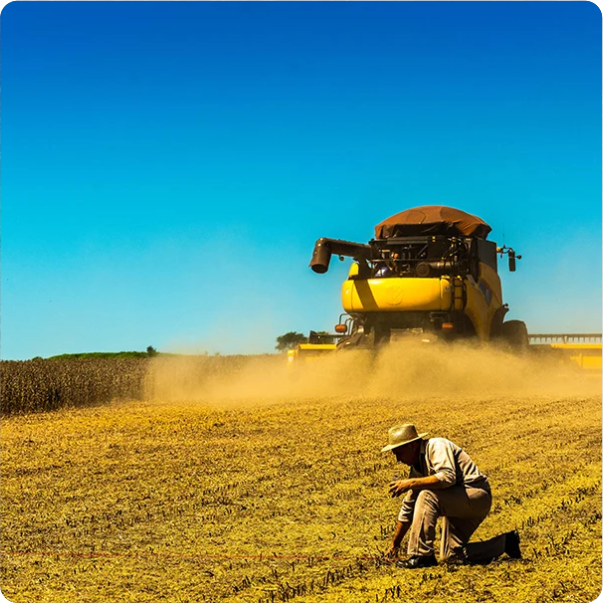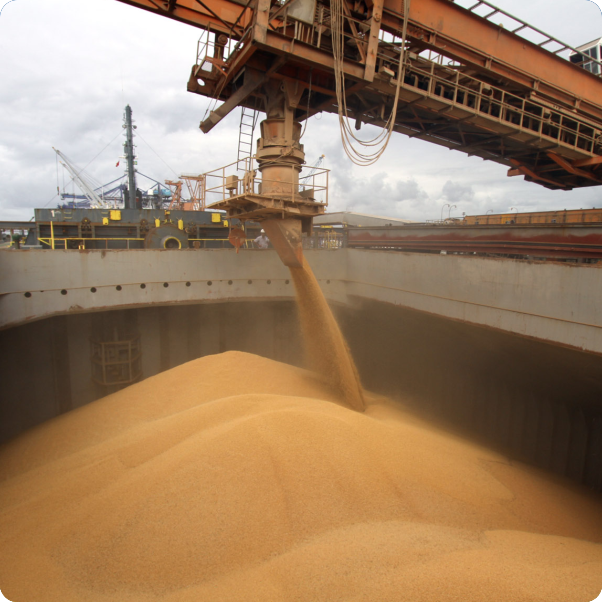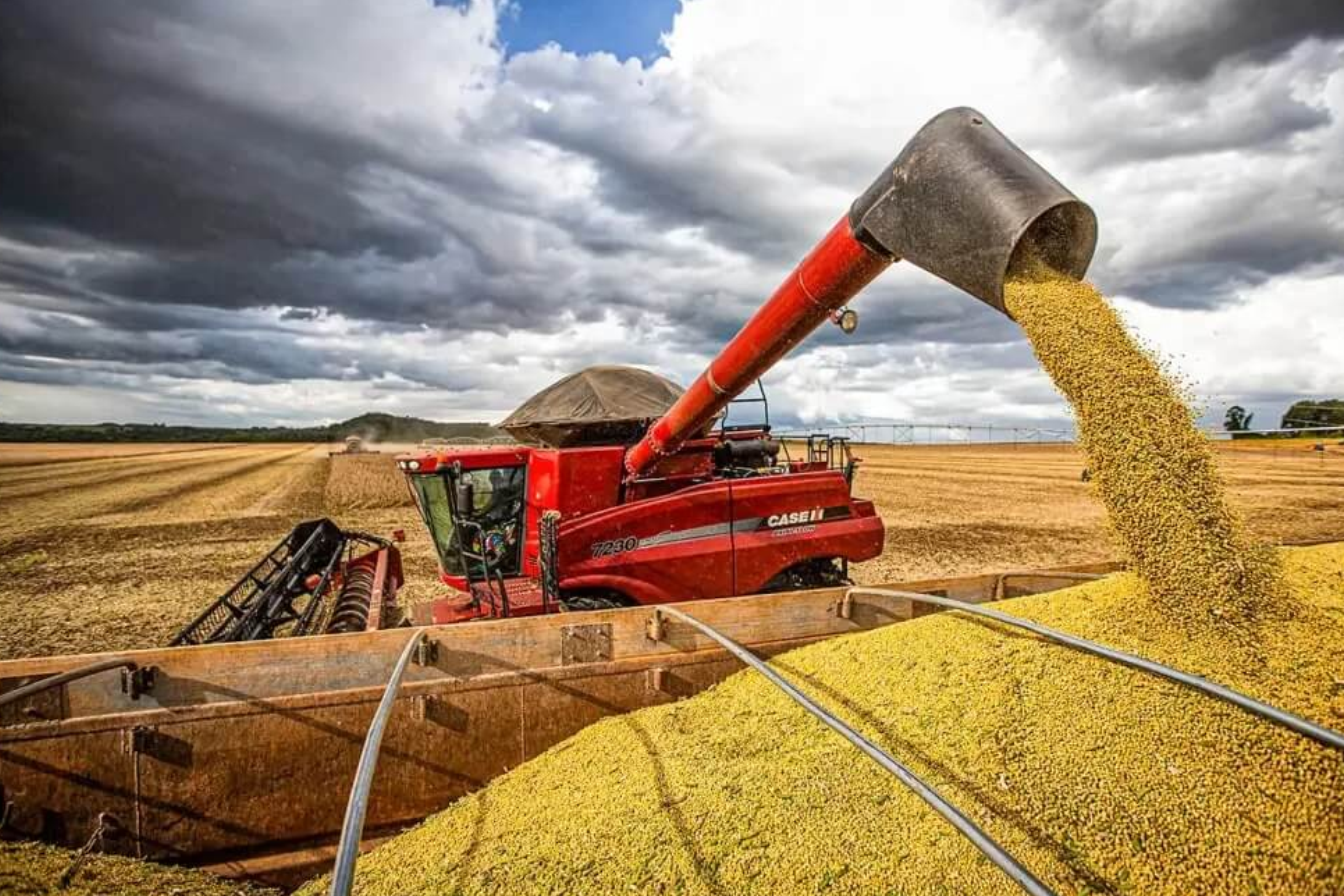SOY
Project Details
Info
Thumbnails
At the end of the 1960s, two internal factors made Brazil start to see soybeans as a commercial product, a fact that would later influence the world scenario of grain production. At the time, wheat was the main crop in southern Brazil and surgical soy as a summer option, in succession to wheat. Brazil also started an effort to produce pork and poultry, generating demand for soybean meal. In 1966, the commercial production of soy was already a strategic need, with around 500 thousand tons being produced in the country.

The explosion in the price of soybeans on the world market in the mid-1970s awakened farmers and the Brazilian government even more. The country benefits from a competitive advantage in relation to other producing countries: the Brazilian crop is sold during the American off-season, when prices reach the highest quotations. Since then, the country has started to invest in technology to adapt the culture to Brazilian conditions, a process led by the Brazilian Agricultural Research Corporation. Investments in research led to the "tropicalization" of soybeans, allowing, for the first time in history, the grain to be successfully planted in regions of low latitudes, between the Tropic of Capricorn and the equator. This achievement by Brazilian scientists revolutionized the world history of soybeans and its impact began to be noticed by the market in the late 1980s and more notably in the 1990s, when grain prices began to fall. Currently, the world leaders in world soybean production are the United States, Brazil, Argentina, China, India and Paraguay.




